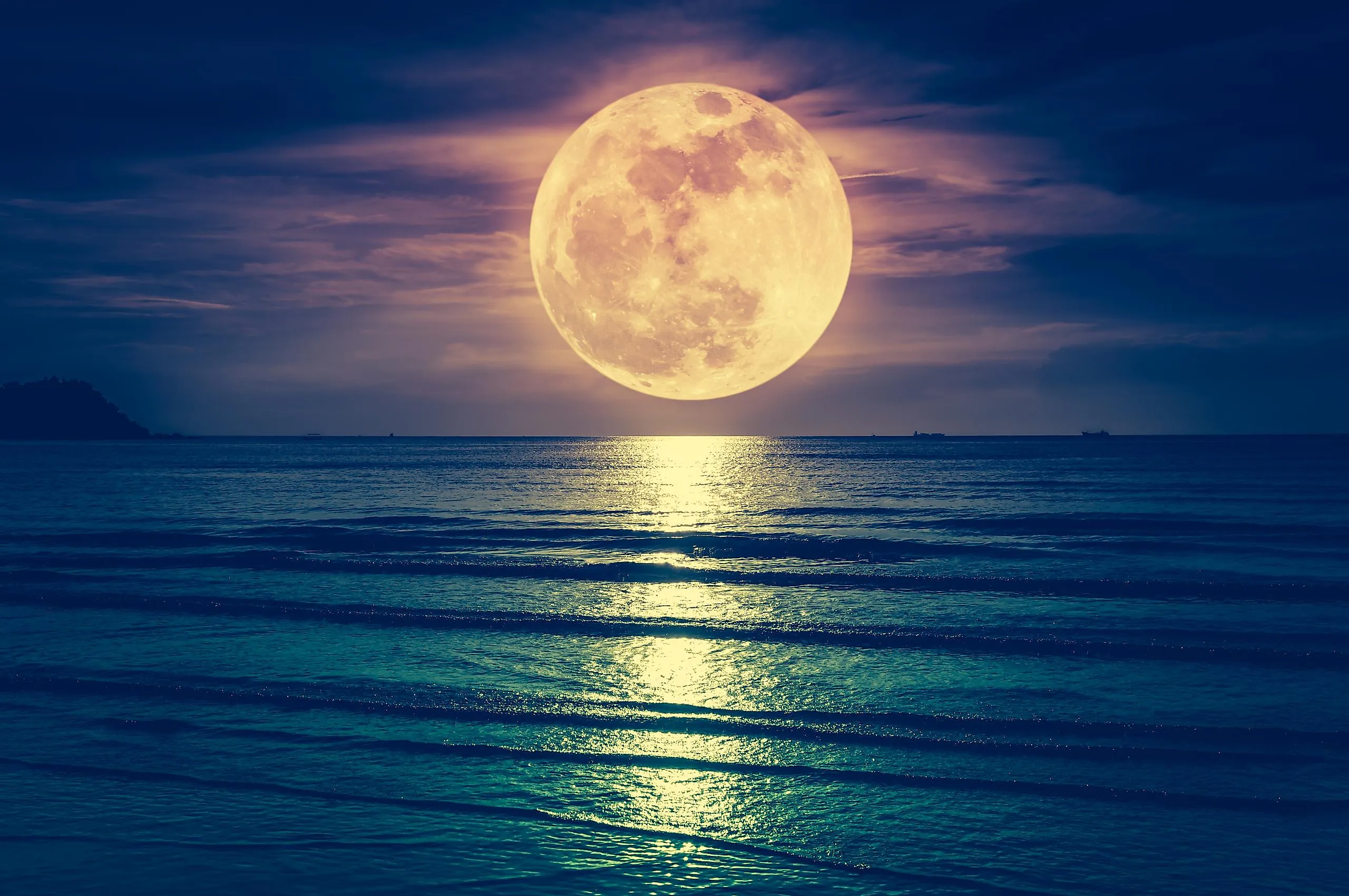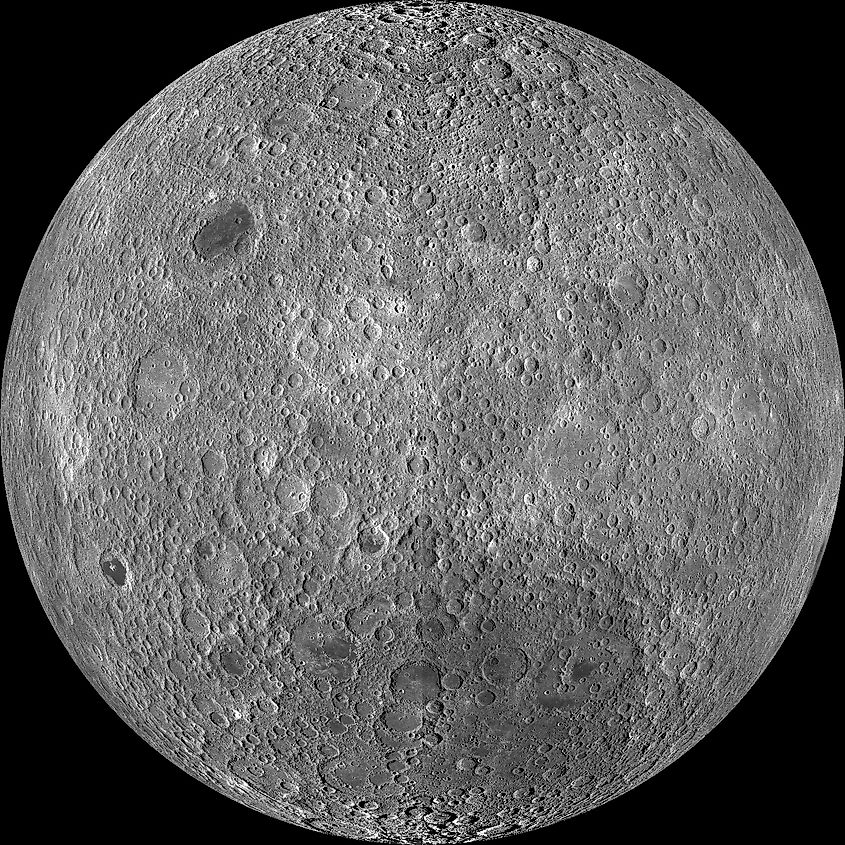
Does The Moon Rotate?
While we always see the same side of the moon, it does in fact rotate. However, the same side of the moon is always facing Earth. The rotational period of the moon is almost the same as its orbital period. It takes 27.3 days for the moon to rotate once on its axis, while it takes 29.5 days to complete one revolution around Earth. This means that by the time the moon completes one rotation, it has only orbited around Earth once, causing the same side of the moon to always be visible. The moon affects processes on Earth, such as the tides, through its gravitational pull. Gravity from the moon pulls on Earth’s oceans creating a tidal bulge that rotates along the planet’s surface as the moon orbits Earth. A similar phenomenon happens to the moon due to the gravitational pull from Earth. Since there is no water on the moon, Earth’s gravity creates the tidal bulge in the moon’s crust. The combination of these two tidal forces causes tidal friction between the moon and Earth. Over time this caused the moon’s rotation to slow down until it became tidally locked with Earth. This is also known as synchronous rotation.
What is Different About the “Dark” Side of the Moon?

In this case, dark does not necessarily mean the absence of light, it means the unknown. In reality, this side of the moon is no darker than the side facing Earth. Both sides get the same amount of sunlight. It is only due to our unique perspective from Earth that only one side appears to reflect light. There are a few differences between the close and far sides of the moon. Due to lava flows that occurred billions of years ago the side of the moon facing Earth is relatively smooth. These lunar lava flows make up the dark spots we see on the moon and have been named lunar maria. However, this lunar maria is absent on the far side of the moon. The theorized reasoning for this is due to the tidally locked orbit of the moon causing the moon’s crust to be thinner on the side that faces Earth. Lava flows were able to break through the moon’s crust to fill preexisting craters, creating the smooth-faced moon we see today. Since the crust on the far side of the moon was thicker, the lava flows were unable to break through and fill the existing craters. This left the far side of the moon with a much rougher surface than the near side.











